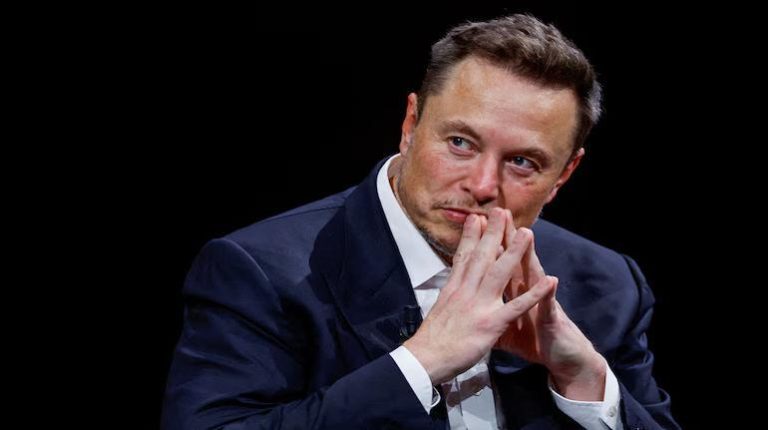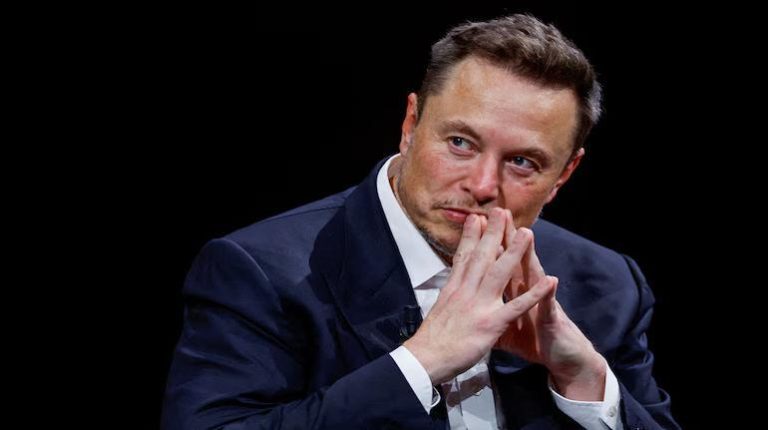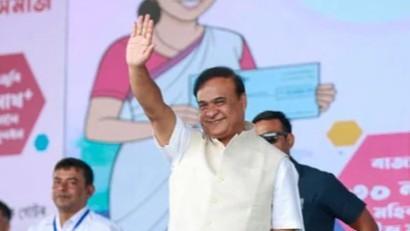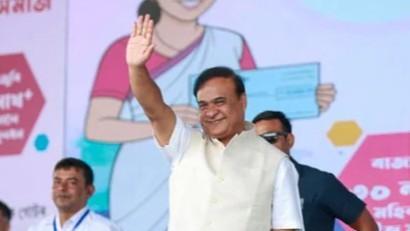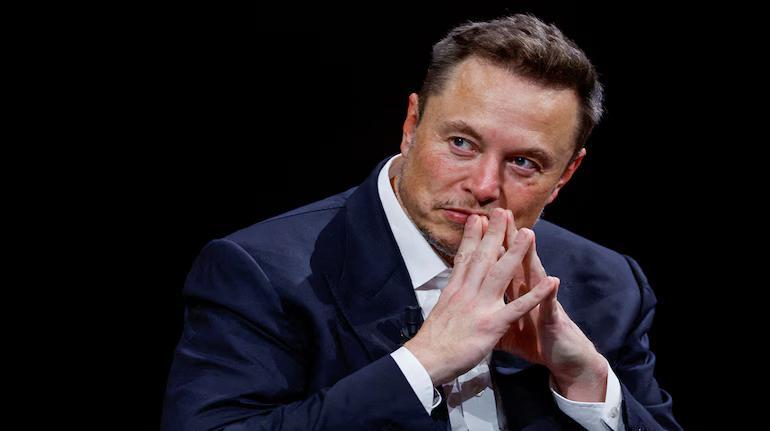
Poverty an engineering issue, AI & humanoid robots will end it: Musk
Billionaire and xAI CEO Elon Musk has always been known for his innovative ideas and futuristic vision. Recently, he made a statement that has sparked a lot of debate and discussion. According to Musk, poverty is not a social or economic issue, but rather an engineering problem that can be solved with the help of artificial intelligence (AI) and humanoid robots. Speaking at the US-Saudi Investment Forum, Musk emphasized that AI and robotics are the only way to make everyone wealthy, and that these technologies will eventually eliminate poverty.
Musk’s statement may seem like a bold claim, but he has a point. Poverty is a complex issue that has been plaguing humanity for centuries. Despite the best efforts of governments, NGOs, and individuals, poverty still affects millions of people around the world. According to the World Bank, in 2020, an estimated 736 million people lived in extreme poverty, which is defined as living on less than $1.90 a day. This number is staggering, and it highlights the need for a new approach to solving the problem of poverty.
Musk’s argument is that poverty is an engineering problem because it is largely a matter of resource allocation and efficiency. In other words, poverty occurs when resources such as food, water, shelter, and healthcare are not distributed efficiently. AI and robotics can help solve this problem by increasing productivity, reducing waste, and improving the overall efficiency of resource allocation. For example, AI-powered systems can help optimize supply chains, reduce food waste, and improve healthcare outcomes.
Humanoid robots, on the other hand, can help perform tasks that are currently done by humans, such as manufacturing, construction, and agriculture. By automating these tasks, humanoid robots can help increase productivity, reduce labor costs, and improve the overall quality of life for people. Additionally, humanoid robots can help provide services such as healthcare, education, and social care, which are essential for human well-being.
Musk also stated that as AI and robotics advance, money will eventually stop being relevant in the future. This may seem like a radical idea, but it is not entirely far-fetched. With the help of AI and robotics, it is possible to imagine a future where all basic needs are met, and people are free to pursue their passions and interests without worrying about money. In such a future, the concept of money may become less relevant, and alternative forms of exchange and value may emerge.
One of the key benefits of using AI and robotics to solve poverty is that it can help reduce inequality. Currently, the richest 1% of the population holds a disproportionate amount of wealth, while the poorest 50% hold almost nothing. AI and robotics can help reduce this inequality by providing everyone with access to the same resources and opportunities. For example, AI-powered education platforms can provide high-quality education to people in remote or disadvantaged areas, while humanoid robots can help provide healthcare services to people who cannot afford them.
Another benefit of using AI and robotics to solve poverty is that it can help create new job opportunities. While it is true that automation can replace some jobs, it can also create new ones. For example, the development and maintenance of AI and robotics systems will require a new workforce with skills in areas such as programming, engineering, and data science. Additionally, the increased productivity and efficiency brought about by AI and robotics can help create new industries and job opportunities that we cannot yet imagine.
However, it is also important to acknowledge the potential risks and challenges associated with using AI and robotics to solve poverty. For example, there is a risk that AI and robotics could exacerbate existing inequalities, particularly if they are designed and controlled by a small elite. There is also a risk that AI and robotics could displace human workers, particularly in industries where jobs are already scarce. To mitigate these risks, it is essential to design AI and robotics systems that are transparent, accountable, and fair, and that prioritize human well-being and dignity.
In conclusion, Elon Musk’s statement that poverty is an engineering problem that can be solved with the help of AI and humanoid robots is a thought-provoking idea that deserves consideration. While there are potential risks and challenges associated with this approach, the benefits of using AI and robotics to solve poverty are significant. By increasing productivity, reducing waste, and improving the overall efficiency of resource allocation, AI and robotics can help eliminate poverty and create a more equitable and prosperous society for all.
As we move forward, it is essential to prioritize the development and deployment of AI and robotics systems that prioritize human well-being and dignity. This will require a collaborative effort from governments, businesses, NGOs, and individuals to ensure that these technologies are designed and used in ways that benefit everyone, not just a select few.
